Coriolis: Navigating the Third Horizon
The “Preface” to the 2018 science fiction roleplaying game Coriolis: The Third Horizon mentions the game’s major influences: Middle Eastern culture, Iain M. Banks, Alastair Reynolds, and Michael Flynn. Shortly after that, the writers state that Coriolis is Arabian Nights in space — an accurate self-assessment and pretty much hitting all the right notes for me. Grand science fiction space opera set in a universe that differs in meaningful and substantial ways.
Coriolis takes place in a setting called the Third Horizon. At one point in time far in the past, humanity discovered giant portals to other star systems, which had habitable planets. They colonized these systems, which became known as the First Horizon. The origin of the portals remain a mystery. Eventually, a second wave of systems were discovered via more portals and colonized: the Second Horizon.
The Third Horizon was discovered later and its 36 systems were colonized. What is known as the Portal Wars took place — a bloody, protracted, and devastating war that ended with the closing off of the portal between the Third Horizon and the first two. A long dark age ensued after the end of the war.
Meanwhile, before the discovery of the first portal, humanity had launched two enormous generation ships toward a system in the Third Horizon. As the Third Horizon begins to come out of its dark ages, one of the two generation ships (the other disappeared), the Zenith, arrived to find humanity has already arrived. The new arrivals are known as the Zenithians, while the humans already there are known as the Firstcome.
The Zenithians plundered their generation ship and created a massive orbiting space station above the planet. They called the station Coriolis.
The people of the Third Horizon share — loosely defined — a reverence of the Icons. These nine icons are variously named and worshipped. People worship the Icons in many ways, from dogmatic religious devotion to treating them as talismans or superstitions and all in between. What is called the Dark Between the stars, or simply the Dark, permeates existence:
The Dark between the Stars – the unspeakable, corrupting force at work in the intersection between civilization and the endless nothingness of space.
Lastly, from the clouds of the gas giant Xene in the same system where Coriolis is, five beings emerged from its depths called the Emissaries, one even claimed to be an incarnation of one of the Icons. The Emissaries and their purpose are shrouded in mystery.
The core conflict in this game is between the old (Firstcome) and the new (Zenithians) and the ways in which they deal with each other, the numerous factions, the Emissaries, and just making a living. Free League (the company took its name from one of the factions in the game) has created a rich, diverse, and unique setting to travel the stars and engage in some classic tabletop gaming.
The game uses the Year Zero engine, which players and gamemasters (GM) familiar with Mutant Year Zero, Forbidden Lands, or Alien will recognize in a slightly tailored version. The system itself centers around rolling a number of dice equal to the attribute and skill total. Players are looking to get a six to show up to be successful in the roll. The mechanic is easy to grasp and flexible.
Players start Coriolis by focusing on the group of characters — rather than starting with the characters and figuring out how they are a group. The players decide on the group concept: traders plying the shipping lanes, mercenaries, explorers, agents for a faction, or pilgrims. These align neatly to the different types of games that gaming groups can settle on for their campaign. Beyond the concept, each group starts the game with a starship and a shared trait, patron, and nemesis.
The starship, of course, is not 100% yours. The group has a debt on it, and you’ll need to earn the money (birr in Coriolis) to pay down that debt or face the debt collectors.
The group concept determines the group talent. These include things like Everything Is for Sale, which gives the group two additional dice when attempting to bribe someone, to Survivors, which allows the group once per gaming session to get out of a dangerous situation — say explosive decompression on that temperamental ship.
The patron and nemesis serve as plot elements along with a way to get some assistance. Several options are provided for each group concept, but the group (or GM) are free to develop their own.
Once the group stuff has been settled, players create their individual characters. They determine if they are Firstcome or Zenithian and their upbringing: Plebeian, Stationary (raised on a major space station or asteroid), or Privileged. From there, the player chooses a concept and a subconcept. The concept is the important one in terms of most game mechanics and include Artist, Data Spider, Fugitive, Negotiator, Operative, Pilot, Trailblazer, Preacher, Scientist, Ship Worker, and Soldier. Each of these have three subconcepts, which drive the network of contacts for the character.
As with other Year Zero systems, the players are defined by four attributes (Strength, Agility, Wits, and Empathy) and their level in 16 different skills. In Coriolis, each character has Hit Points that measure how much physical damage a character can take while Mind Points measure the mental stress and trauma.
Each character begins the game with three Talents. They can choose from a large number, including Rugged, which grants “armor” to a character facing natural hazards, or Third Eye, which provides two additional dice on Observation skill checks when trying to spot or avoid ambushes. Importantly, one of these talents will be associated with one of the Icons. Players roll for their Icon — a random element representing the mysteries of the Icons and the character’s place in the universe. The talents associated with them include the Deckhand’s talent that enables the character to restore ship Hit Points or Energy Points to the Judge’s talent that always inflicts a Critical Injury when an attack hits. Characters can gain more talents by gaining experience points from gaming sessions.
Included in the talents are some special categories that require prerequisites to take: cybernetic implants, bionic sculpts (a more invasive and significant alteration of the body than cybernetics), and mystic powers. With the arrival of the Emissaries and the encroaching Dark Between the Stars, some people have spontaneously developed seemingly magical abilities. Telekinesis, clairvoyance, and mind reading are some of them.
All characters also begin the game with a personal problem. Examples range from having an obligation to help a family member to being hunted by a group or individual to being reckless and taking stupid risks, something the GM can trigger using Darkness Points.
Darkness Points are the game’s metacurrency. These are points available to the GM to add complications and challenges to the story. When the characters use the power of the Icons for assistance, they add a point or more to the Darkness Points pool. The most common method for adding Darkness Pointy is Praying to the Icons, which allows a character to re-roll some dice (particularly useful if they did not get a successful check), but some talents and other ways exist for that pool to build up. The GM can spend those points to re-roll a non-player character’s dice, empty a weapon clip of a character, have them lose a possession, bring forward the personal problem, and other things.
Combat is straightforward, with enough detail to be interesting but not push it into a tactical or skirmish game (though players could take it there if they wanted). As Free League has mentioned in other settings, in the Year Zero engine it is easy to be broken but hard to kill. Broken is a specific state where combat damage that has managed to get through any armor and reduced your Hit Points to 0. Once a character hits that threshold, they are unconscious.
Critical Injuries are what kill in the game. If on an attack check, the player rolls extra sixes beyond that necessary to hit and it meets or exceeds a particular weapon’s Critical Rating, then a Critical Injury happens. These Critical Ratings are from 1 to 3. When a Critical Injury occurs, the player rolls on a D66 table to see the results. Quite a few of these are fatal but have time to get a doctor in and prevent that. Two, however, our instantaneous.
Ship combat is more involved and takes longer to complete. Like many science fiction games, it suffers a bit from positional stasis — that is, each player has a roll, which may or may not come up during the combat. This is, however, no worse than others. That said, creating ships in Coriolis is quite easy.
The class of the ship (I, II, III, or IV) determines raw characteristics such as maneuverability, armor, and speed. Additionally, the class determines the number of modules that can fit the frame of the ship. A class III ship, for example, can have up to 10 modules. Choose your modules (some are required, like a bridge or reactor). These modules provide specific features or other benefits. The other optional modules include things like escape pods, weapon systems, better thrusters, more powerful computers, and so on.
The ship also has a problem — these are complex vessels, after all. This problem, for example, unreliable sensors or slow acceleration, can be triggered by the GM by spending Darkness Points. I have incorporated this feature myself into other games, but it is nice to see it included as a basic part of the rules. These baked in problems allow the GM to create obstacles and challenges the crew needs to overcome or set up a specific event for the story.
If players do not want to create their own ship or if the GM needs one quickly, the game provides a number of pre-created ships of various classes and purposes.
With a solid game engine at its back, what really sells Coriolis is the setting, and half the book is devoted to providing background — history, culture, and factions. The overriding aesthetic has a Middle Eastern flavor. Much of the terminology, food, and clothing hearkens back to what one would expect if a Middle Eastern culture were the primary colonizer of an interstellar grouping of star systems. All the art work in the book plays to these themes as well — whether the gold coloring reminiscent of Eastern Orthodoxy icons or the tall arches and arcades with clear linkings to Islamic architecture — Coriolis mines this rich heritage to give a substantially different feel to its science fiction universe compared to Star Wars or The Expanse or many others.
The Coriolis world is inspired by Middle Eastern culture rather than the Western one. Food, music and fashion, as well as religion, philosophy and literature. Most importantly, myths and folk tales from the Middle East deeply entwine with the spirit of the game world.
While the tabletop gaming industry has had its issues with representation and diversity — often due to well intentioned motives that were nonetheless insensitive — Coriolis seems to avoid those pitfalls (I say “seems” because I am a white man from the US and may miss issues I am ignorant or blind to) by both respecting the source and not letting it be a straight jacket. The Middle East is a source of inspiration to evoke a rich settings. Nor does the Middle East provide the only source, for the Icons seems very much Eastern Christian Orthodoxy influenced. (I see an adventure or campaign where an iconoclastic faction brings havoc, horror, and delight to a world and its people.)
The rulebook provides a more detailed history of the Third Horizon, including descriptions about the council that most of the factions have representatives on. Ten factions in total dominate the setting. These include a mercantile oriented one (the Consortium), a group of mercenaries (the Legion), a criminal enterprise (the Syndicate), one based on cult-like faith (the Church of the Icons), and others. All the factions are more complex than that and they are given detail, brief histories, and primary objectives. Lots of hooks here for stories and campaigns.
Brief sections of what daily life is like for colonists, space station denizens, and others add to these flavorful details. The book provides coverage on technology and the arts. Communication between the systems relies on the portals — stations on either side use probes to deliver packets of communication that are distributed in system. News travels at the rate of one system per day — getting to and from the portal is not instantaneous. Holidays and each of the Icons and their relation to life and the people provide insight for players to live in their characters and GMs to describe the world around them. A very helpful section describing the clothing of the Third Horizon is included for those who may be unfamiliar with non-Western dress.
The rulebook also delves into the faith of the Icons and the people. While noting the diversity of belief throughout the Third Horizon, the core tenets and practices are useful even for the non-religious characters as they encounter devotees of the various forms of faith and the underlying rationale for the mysterious Emissary claiming to be the Judge.
A variety of beasts and monsters with statistics and descriptions fills a chapter titled “Beast and Djinni.” These include darkmorphs — spawn of the Darkness Between the Stars — and constructs, which are technology based and often Portal builder artifacts.
Coriolis the station and the system it is in, Kua, are given significant coverage. As the hub of political and cultural life in the Third Horizon, players can expect to spend some time here. The book also describes a few of the other major systems while leaving plenty of the rest without any information for the GM to build her own worlds. (The supplement Atlas Compendium provides detail on some additional systems along with tools for generating planets.)
Coriolis leans into its space opera and Arabian Nights inspirations, embracing them and bringing to the table a unique, fascinating setting full of lush details and mysteries to occupy many hours around the table — virtual or otherwise. With a solid set of rules that are easy to pick up, places to visit, and mysteries to explore, this is a game anyone interested in science fiction tabletop RPGs should be playing.
Patrick Kanouse encountered Traveller and Star Frontiers in the early 1980s, which he then subjected his brother to many games of. Outside of RPGs, he is a fiction writer, avid tabletop roleplaying game master, and new convert to war gaming. His last post for Black Gate was Traveling the Imperium: Agent of the Imperium by Marc Miller. You can follow him and his brother at Two Brothers Gaming as they play any number of RPGs. Twitter: @twobrothersgam8. Facebook: Two Brothers Gaming
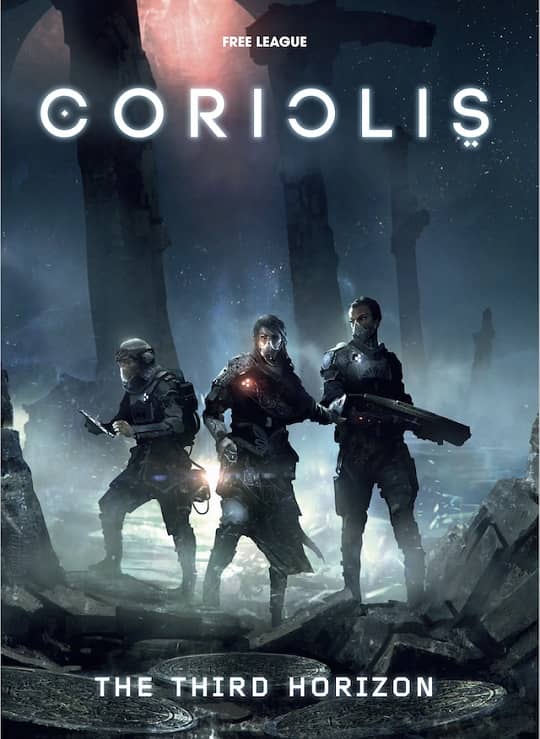

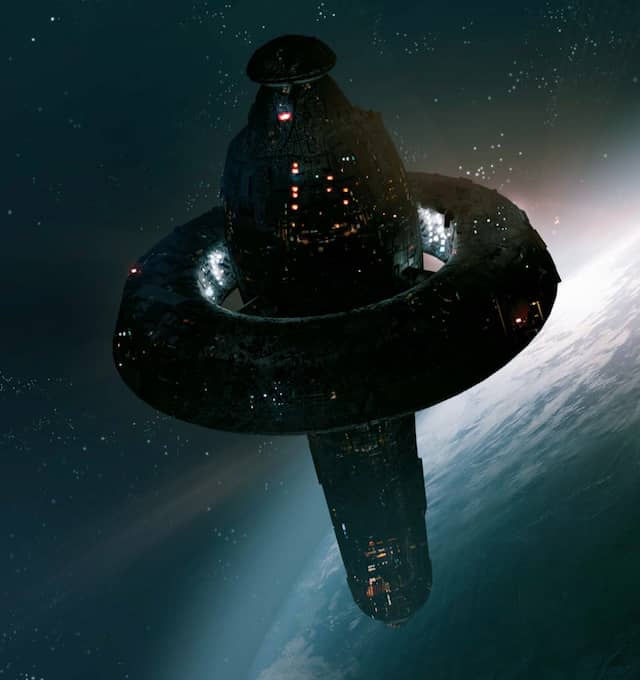


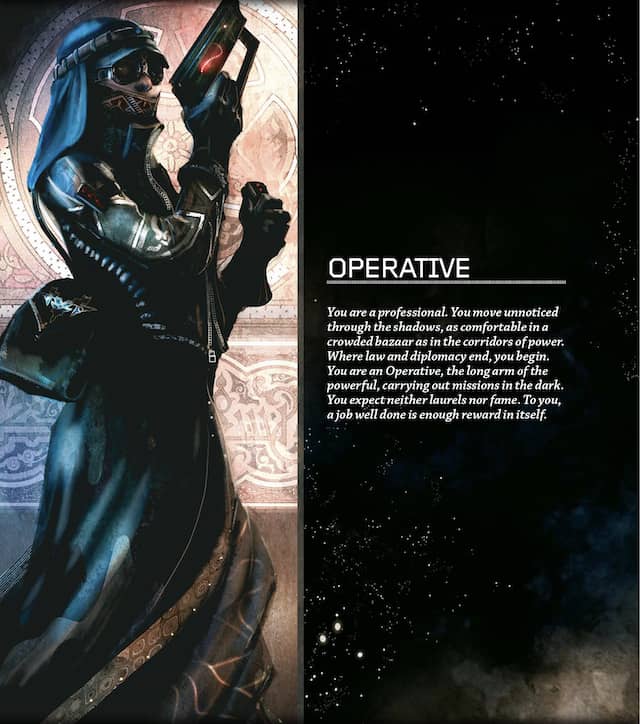
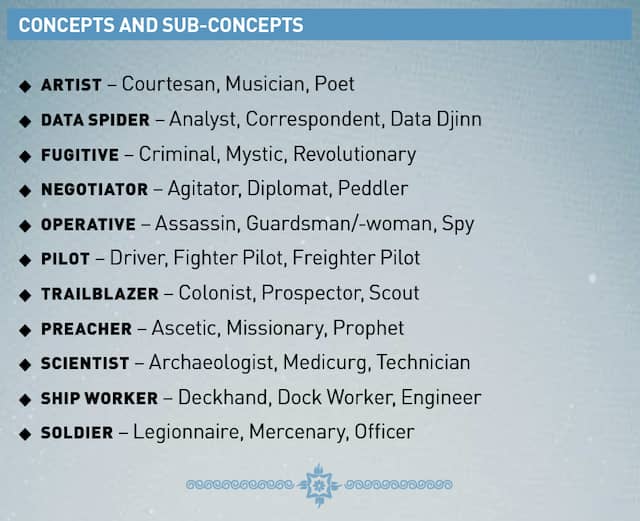
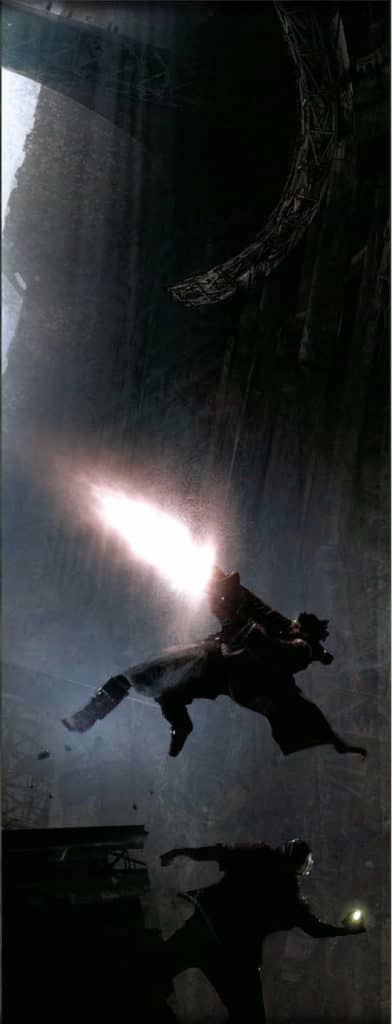
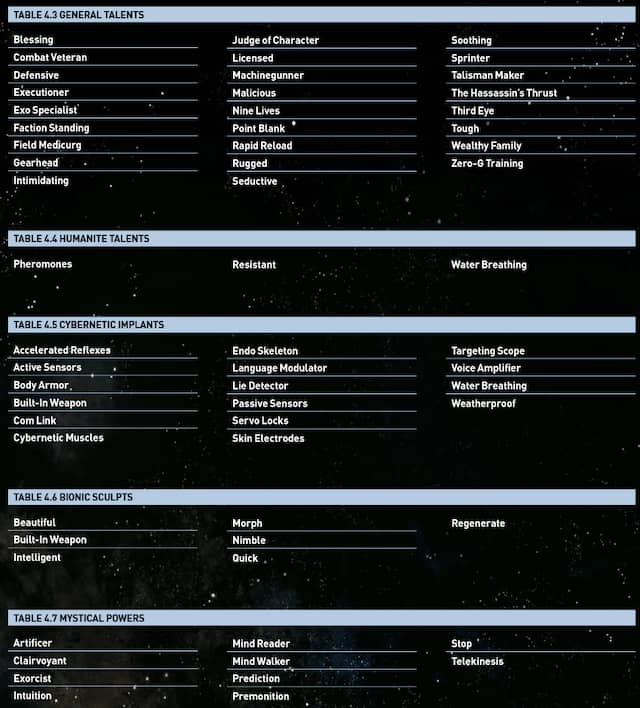
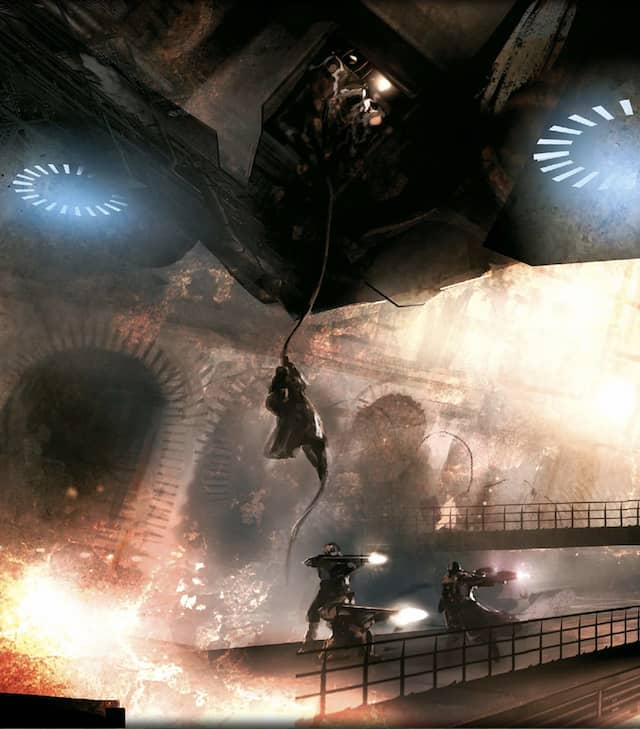
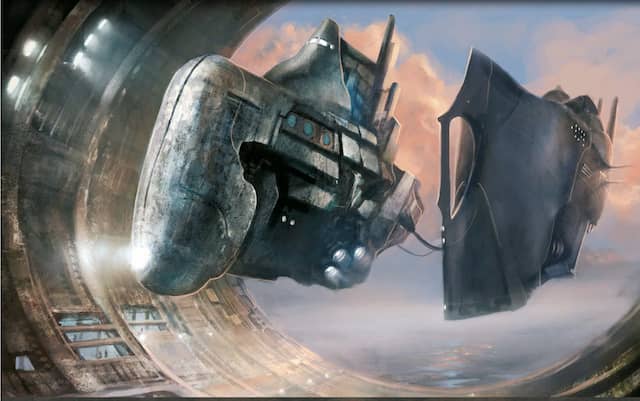
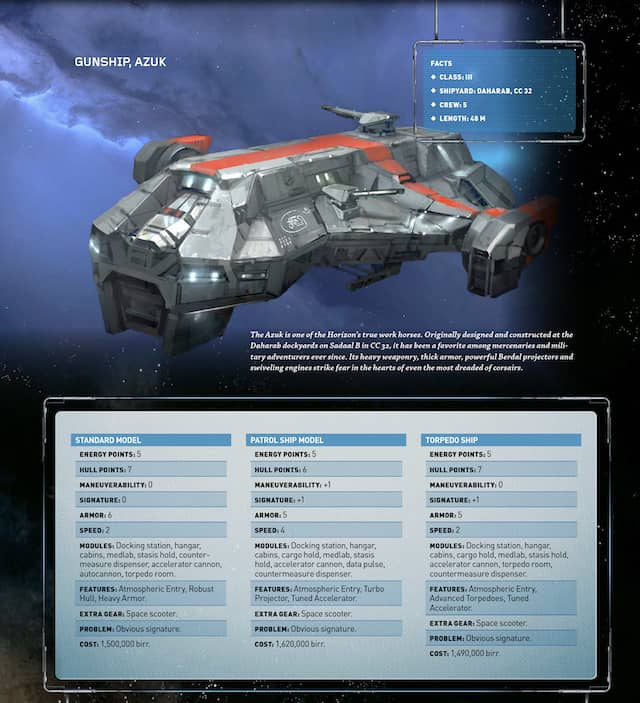
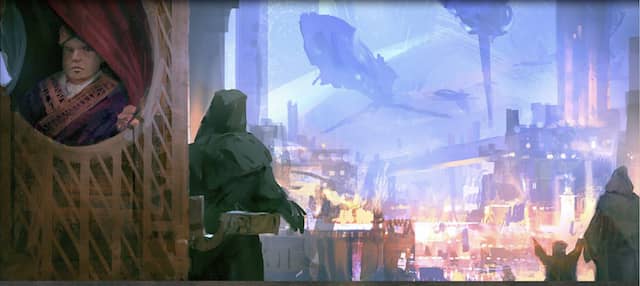

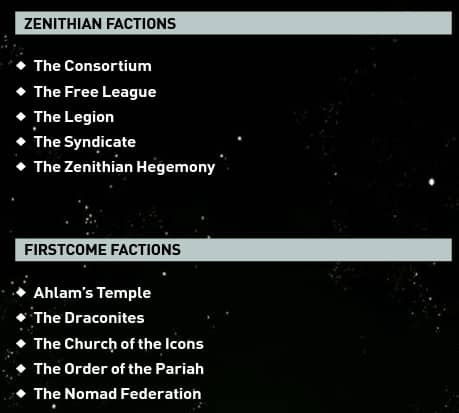
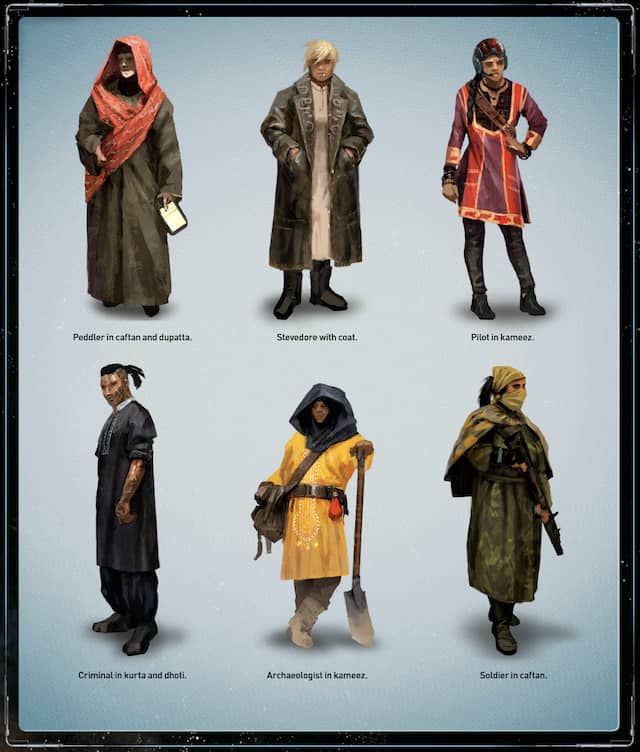
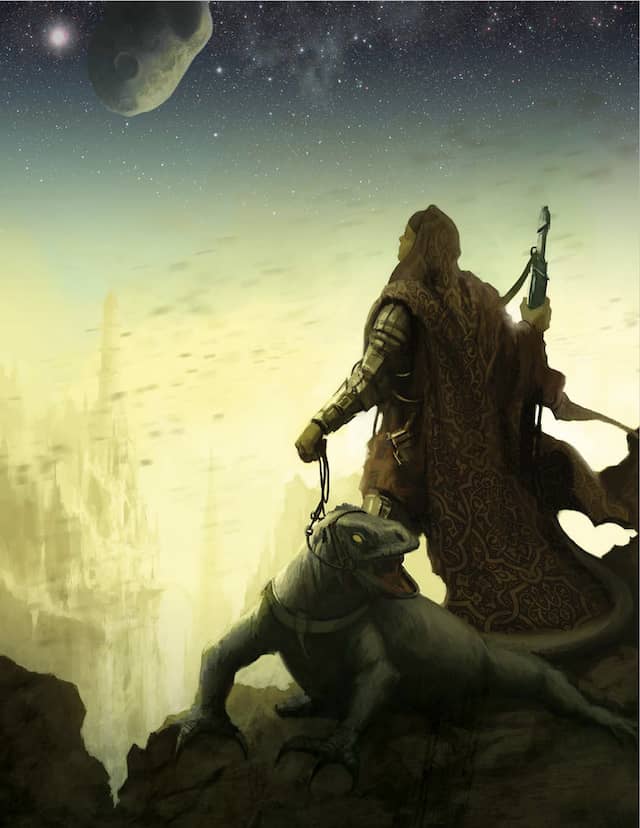
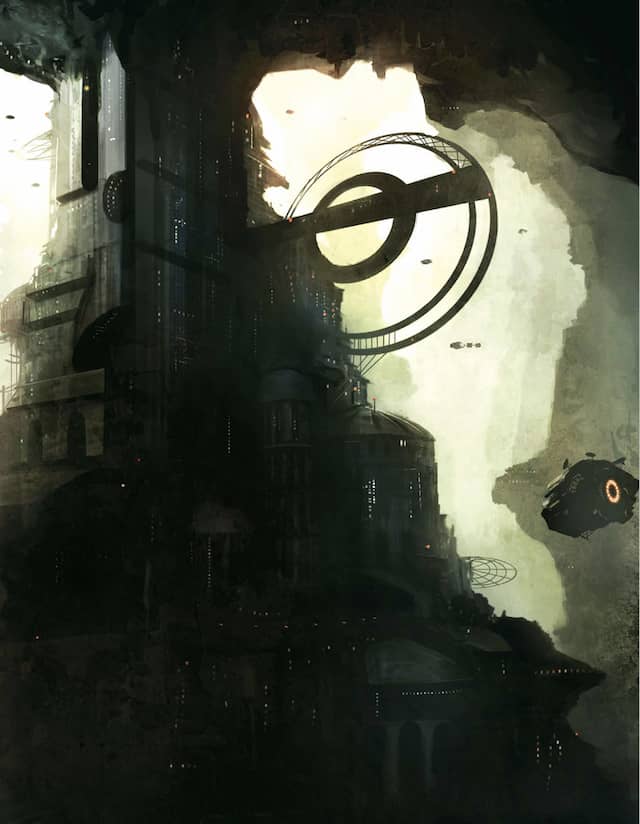
Could this be played as an alternative way of doing Mandalorian/Star Wars types gameplay?
Sorry for the delay…just got back from vacation. I think you could make this work for that. If includes not using the Force, then must more easily–though obviously a level of adapting terms and stuff. For mechanics around the Force, though, less so. You’d need to add a lot of home rules to make it work.
For what it’s worth, I’d consider picking up Edge of Empire, which is a non-Force focused Star Wars RPG. I reviewed the full Force version, Force and Destiny, here, but the basics outside the Force are the same: https://www.blackgate.com/2020/04/13/coming-to-grips-with-the-force-in-star-wars-force-and-destiny/
Gotcha! Thnx